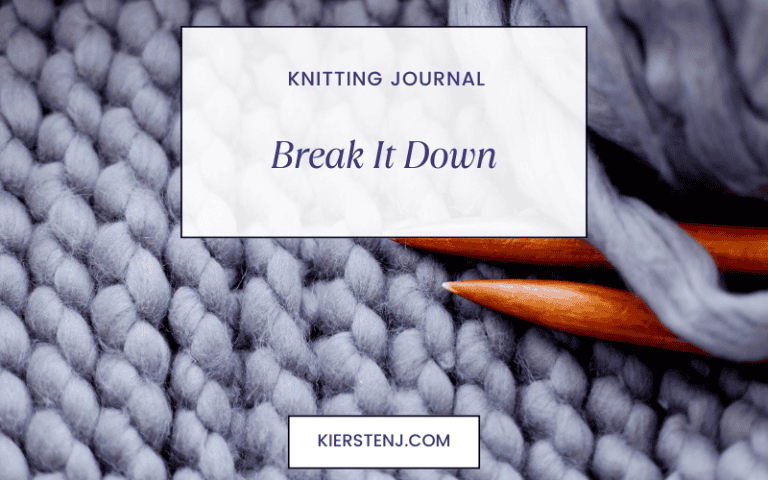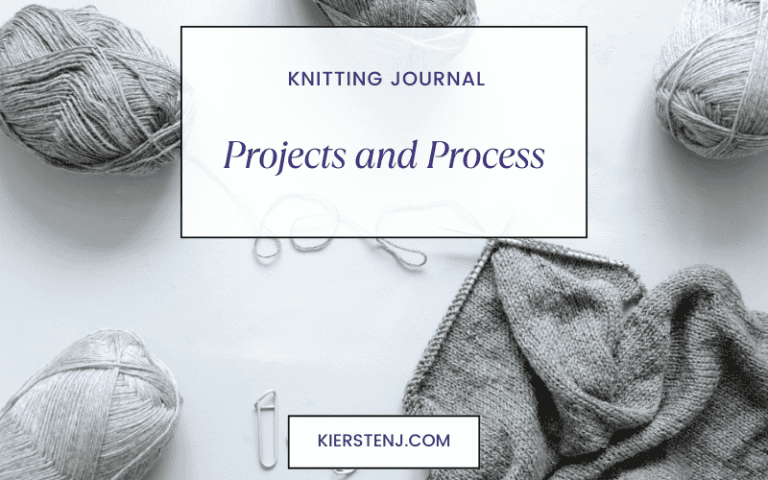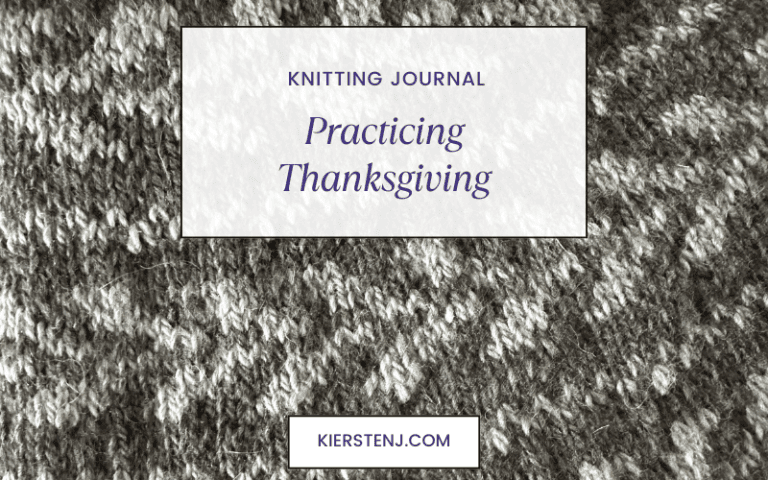The Official Unofficial Knitting Terms Glossary
Why Does this List Exist?
No one comes to knitting, crocheting, or any other Fiber Arts discipline with the same knowledge. I’d rather give people more information than they need than leave them confused because I assumed they knew something they didn’t. This list is constructed to serve everybody: The Old Pro who’s been knitting for decades, and the spouse of the newest beginner who is just trying to keep speaking the same language.
Believe me, I get it! I recently married a perfectly lovely man who doesn’t really know anything about knitting! He’s helping me remember that we can all benefit from having simple definitions ready-to-hand.
What’s with the “Official Unofficial” Business?
There are plenty of really good glossaries and lists of knitting terms out there on the internet. In fact, this one by Interweave Knits is fantastic, and I highly recommend it for technical, official, standard definitions.
I’m collecting something a little different, and you’re invited to be part of this creative process!
I’ll be providing less formal, less technical definitions and then, as appropriate, going a little deeper than some dictionaries might. Some terms are straightforward and don’t lend themselves to elaboration, but others are the opposite. Sometimes, gaining a fuller understanding of a concept, process, or method can open up a segment of the fiber arts world you’ve never considered exploring before. It’s so exciting when that happens, and as an educator, it’s been a privilege to witness it happen over and over with my students.
I’d love to give you the opportunity to learn about the things that interest YOU, so as I continue to build this site, please let me know if there are terms or concepts that you’d like me to delve into more deeply. We’ll explore them together!
A note on Format
Every entry will not look the same, but I’ll do my best to keep a recognizable format. Entries are organized alphabetically. As this is a work in progress, entries will be modified and expanded frequently!
Glossary
Bind Off: The process of taking loops off the needle and securing them from unraveling, usually at the end of a knitting project or when the knitting is complete on a particular part of a project, ideally in a method that is best suited to the piece that has been knit.
Cable Needle: A short needle with points on both ends, intended to hold stitches to the front or the back of your knitting while making cables.
Cast On: The beginning of a knitting project. Initial loops are placed on the knitting needles, ideally in a method that is best suited to the planned piece to be knit.
Circular Knitting: Working in a continuous spiral to form a tube of fabric. Think socks, hat, sleeves. Also known as knitting in the round.
Circular Needles: Two knitting needles, each with a pointy bit on one end, and connected together with a flexible cable on the other end. Often sold in interchangable sets, with several cables and several sizes of the “tips” (the working needle parts) that can be switched out according to the needle size you need. Used for circular and flat knitting.
Crocheting: Repeatedly pulling new loops of yarn through old loops of yarn in order to make fabric. Typically done with a hook.
Double Point Needles: Knitting needles that have pointy bits on both ends. They’re often sold in sets of 4-5 needles in the same size. Most often used for circular knitting, but they also make handy cable needles.
Flat Knitting: Working back and forth to make a 2-dimensional piece of fabric. Think scarf, dishcloth, blanket, shawl.
Knit Stitch: Pulling a new loop of yarn through an old loop from the back of the old loop to the front.
Knitting: Repeatedly pulling new loops of yarn through old loops of yarn in order to make fabric. Typically worked with two pointy needles.
Knitting in the Round: Working in a continuous spiral to form a tube of fabric. Think socks, hat, sleeves. Also known as circular knitting.
Purl Stitch: Pulling a new loop of yarn through an old loop from the front of the old loop to the back.
Single Point Needles: The kind of knitting needles you see in the cartoons. Two sticks, with a pointy bit on one end.
Tapestry Needle: A larger cousin of the typical sewing needle, this often has a larger eye to make it easier to thread thicker yarns, and a blunt tip that prevents it from splitting yarn. We use these to weave in ends, seam pieces together, and add decorative touches to our work.







